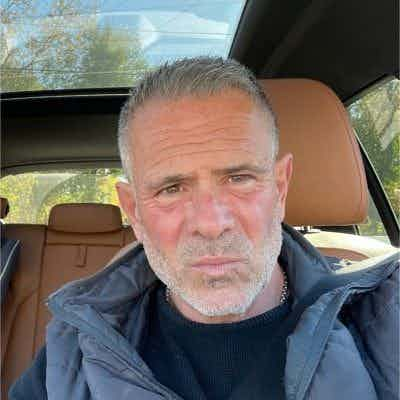FDA Approves Ojemda for Children with Brain Tumors
Ojemda will have a wholesale acquisition cost of $33,916 for a 28 day supply and will be distributed through specialty pharmacies Biologics by McKesson and Onco360.
The FDA has granted accelerated approval to Day One’s Ojemda (tovorafenib), to treat children 6 months of age and older with relapsed or refractory low-grade glioma. It is indicated for patients who have a BRAF fusion or rearrangement, or BRAF V600 mutation.
Pediatric low-grade glioma (pLGG) is the most common brain tumor diagnosed in children. BRAF is the most commonly altered gene in pLGG, with up to 75% of children having a BRAF alteration. Because of a high rate of disease recurrence, most patients will undergo multiple lines of systemic therapy over the course of their disease.
Sabine Mueller, M.D., Ph.D.

“pLGG is a chronic and relentless cancer that can devastate children and their families, often stealing their vision, balance and speech,” pediatric neuro-oncologist, University of California San Francisco Benioff Children’s Hospitals, said in a news release.
Ojemda is a type II RAF kinase inhibitor of mutant BRAF V600, wild-type BRAF, and wild-type CRAF kinases. It is available as a tablet or an oral suspension and is administered once weekly. Until now, there had been no medicines approved for patients with pediatric low-grade glioma with BRAF fusions.
During an investor call, Lauren Merendio, chief commercial officer of Day One, said they expect 60% of patients eligible for Ojemda will have commercial insurance. They expect the remainder of patients to be in Medicaid programs.
Ojemda will have a wholesale acquisition cost of $33,916 for a 28 day supply and will be distributed through specialty pharmacies Biologics by McKesson and Onco360. It will be available in two weeks.
A company spokesperson said the price was determined based on the clinical value Ojemda brings for children with cancer.
The company has formed a support program called EveryDay Support from Day One, which provides patients with a navigator and financial support. For patients with commercial insurance, the program offers a $0 copay.
The terms of the program say the copay assistance is “intended to be credited toward patient out-of-pocket obligations, including applicable co-payments, co-insurance, and deductibles for their medicine, up to an established maximum amount per calendar year.” The terms indicate that Day One may alter assistance if PBMs or insurers apply any conditions on assistance, including maximizer programs.
The company also offers patient assistance for those who do not have insurance.
The accelerated approval of Ojemda is based on data from the phase 2 FIREFLY-1 trial, which enrolled a total of 137 patients across two study arms. Arm 1, which accrued 77 patients, was used for the efficacy analyses. Arm 2 provided additional safety data from an incremental 60 patients.
In Arm 1, the overall response rate was 52% among the 64 patients with BRAF fusions or rearrangements and 50% for the 12 patients with a BRAF V600 mutation. The median time to response was 5.3 months, and the median duration of response was 13.8 months.
In both arms of the study, the majority of adverse events were grade 1 or grade 2. The most common side effects were rash, hair color changes, tiredness, viral infection, vomiting, headache, fever, dry skin, constipation, nausea, acne and upper respiratory tract infection.
Results were presented in November 2023 at the Society for Neuro-Oncology meeting and published in Nature Medicine.
Ojemda is also being studied in combination with the MEK inhibitor pimasertib for adolescent and adult patient populations with recurrent or progressive solid tumors with MAPK pathway alterations (FIRELIGHT-1).
The first CAR-T cell therapy was developed and approved by the FDA in 2017 to treat relapsed or refractory B-cell precursor acute lymphoblastic leukemia (ALL). Since then, six additional CAR-T cell therapies have been introduced to the market. Four of the seven are approved for B-cell lymphomas.
Read More
Using the 'Pathway' Approach to Shorten the Time Between Cancer Diagnosis and Treatment
November 16th 2022In this episode of Tuning In to the C-Suite, Briana Contreras, editor with Managed Healthcare Executive spoke with Dr. Yuri Fesko, oncologist and vice president of Medical Affairs at Quest Diagnostics. In the conversation, Dr. Fesko addressed the ongoing issue of long gaps of times between receiving a diagnosis for a type of cancer and finally getting the treatment for it. Dr. Fesko shared the benefits a number of sectors receive when treating patients sooner and the steps to get there.
Listen













